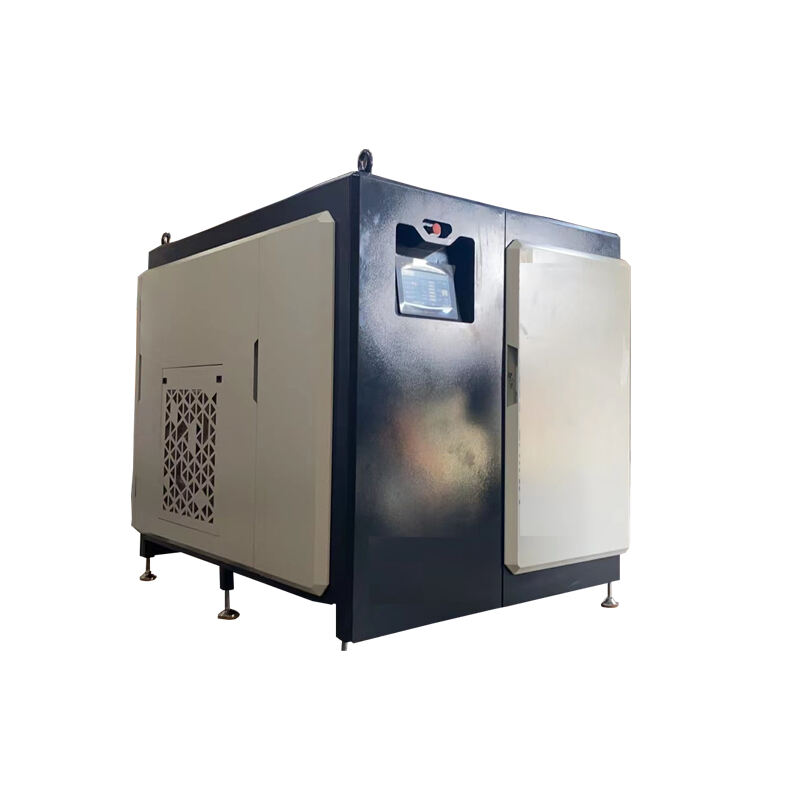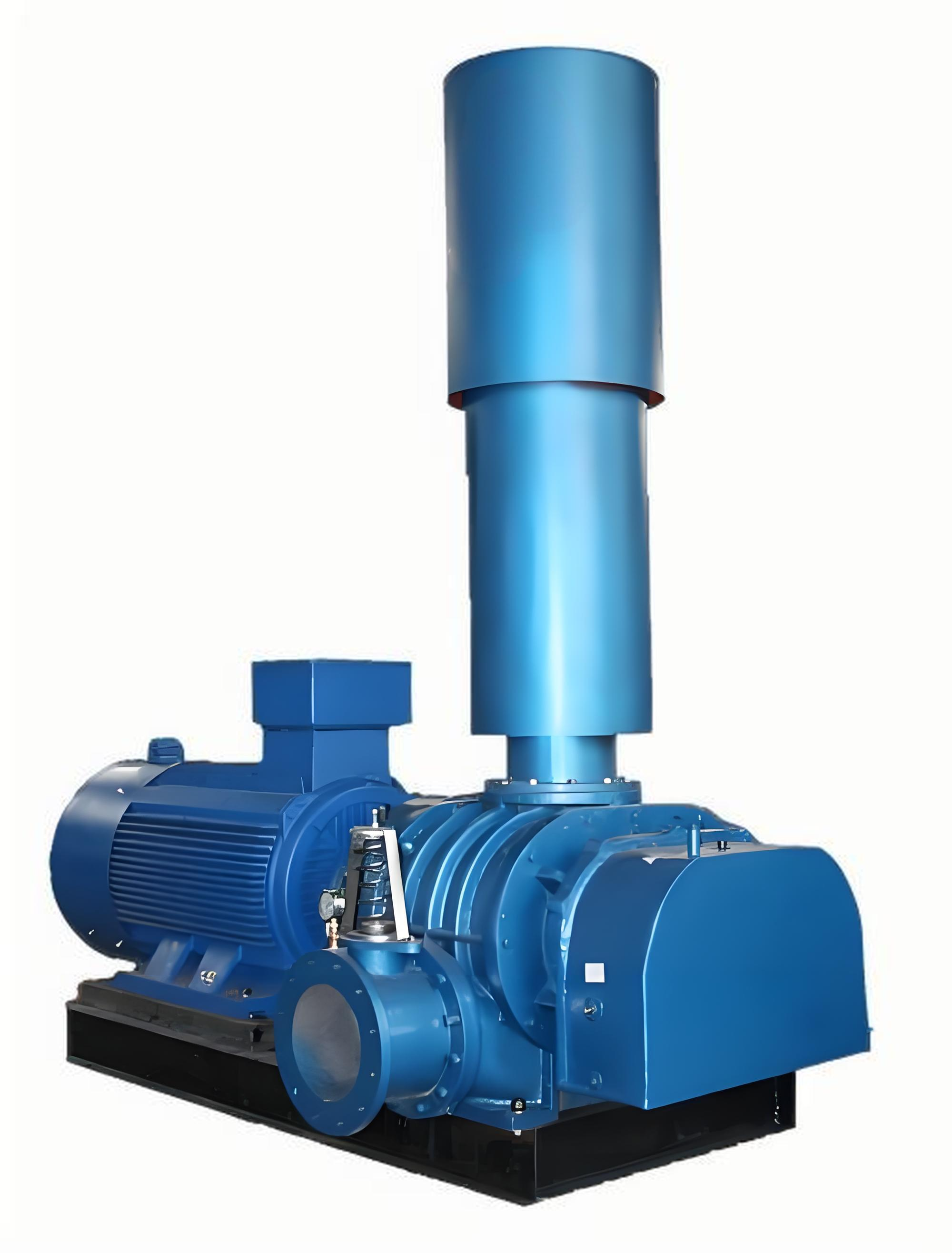wastewater aeration blowers
Wastewater aeration blowers are essential equipment in water treatment facilities, serving as the powerhouse behind the biological treatment process. These sophisticated machines inject air into wastewater, providing the necessary oxygen for microorganisms to break down organic matter effectively. The blowers operate through advanced compression technology, creating the optimal air pressure and flow rates required for efficient wastewater treatment. Modern aeration blowers incorporate smart control systems that automatically adjust output based on oxygen demand, ensuring energy-efficient operation while maintaining treatment effectiveness. These systems come in various configurations, including positive displacement, centrifugal, and turbo blowers, each designed to meet specific operational requirements. The technology behind these blowers has evolved significantly, now featuring variable frequency drives, precision bearings, and advanced monitoring capabilities that enable real-time performance optimization. Applications span municipal wastewater treatment plants, industrial facilities, aquaculture operations, and environmental remediation projects. The robust construction of these blowers ensures reliable performance in demanding environments, while their modular design facilitates maintenance and upgrades.



